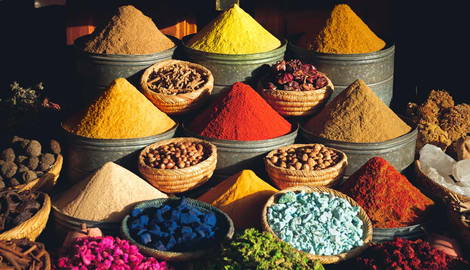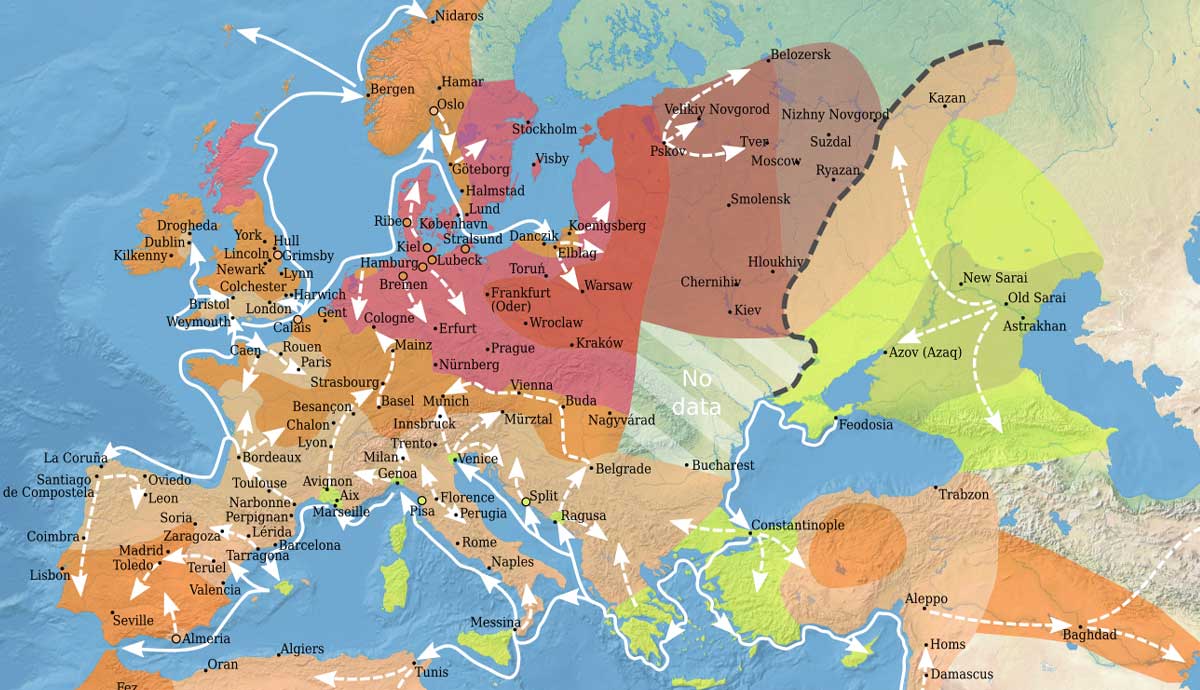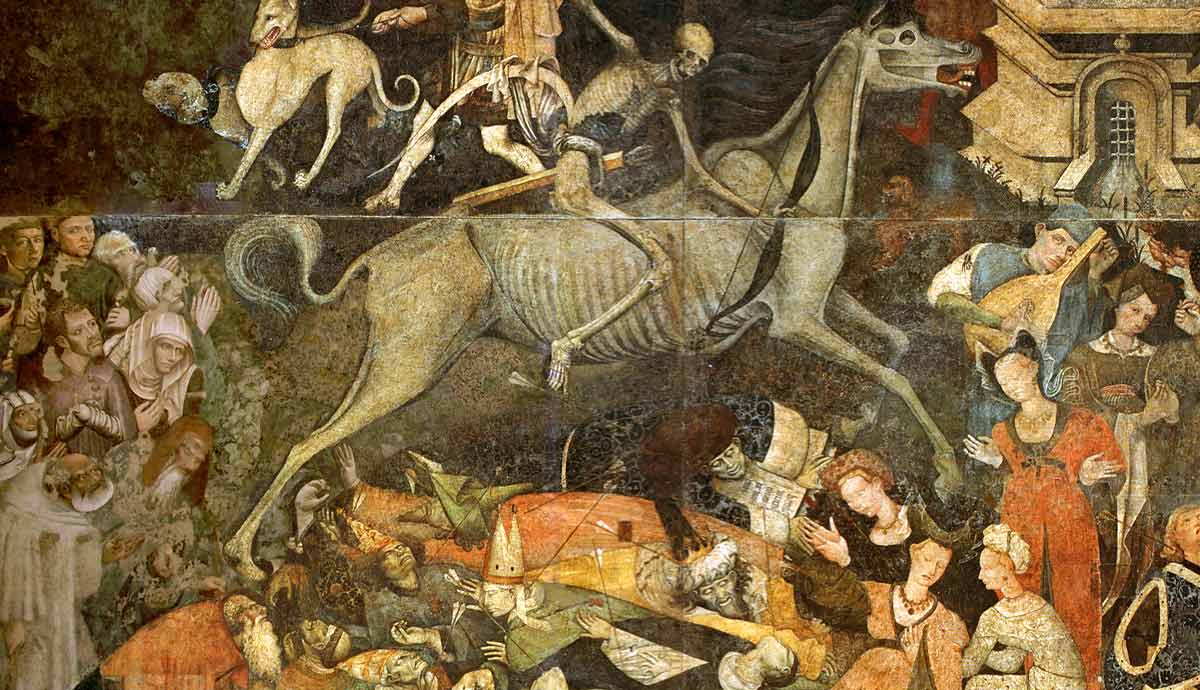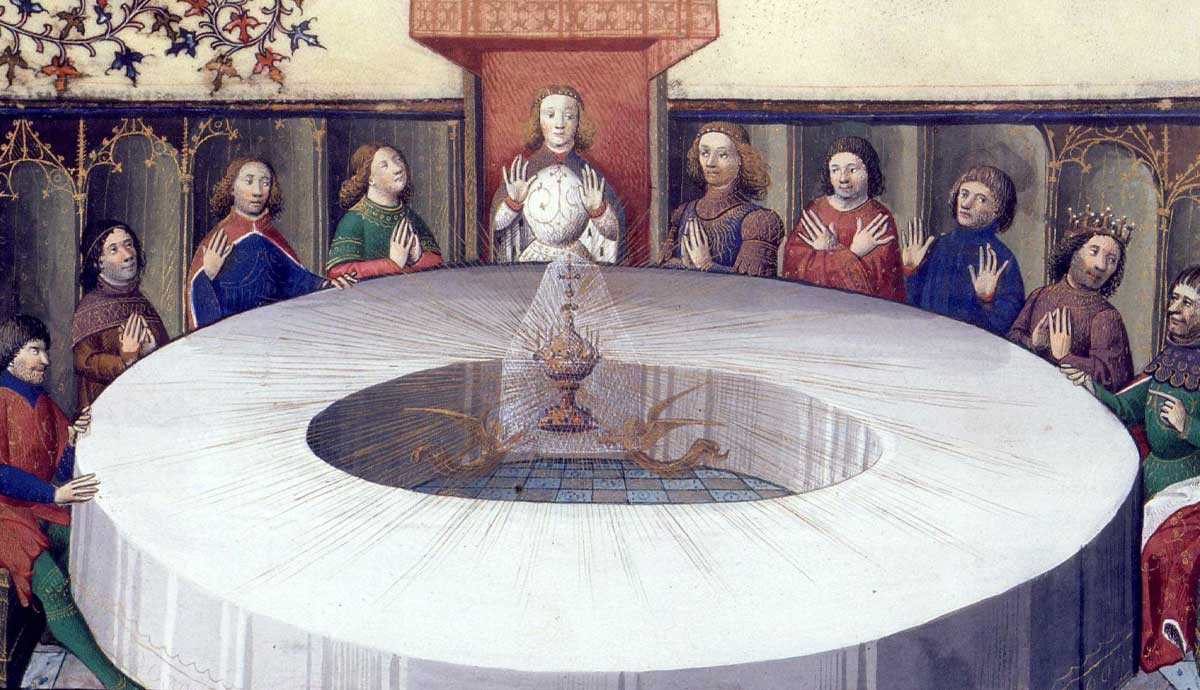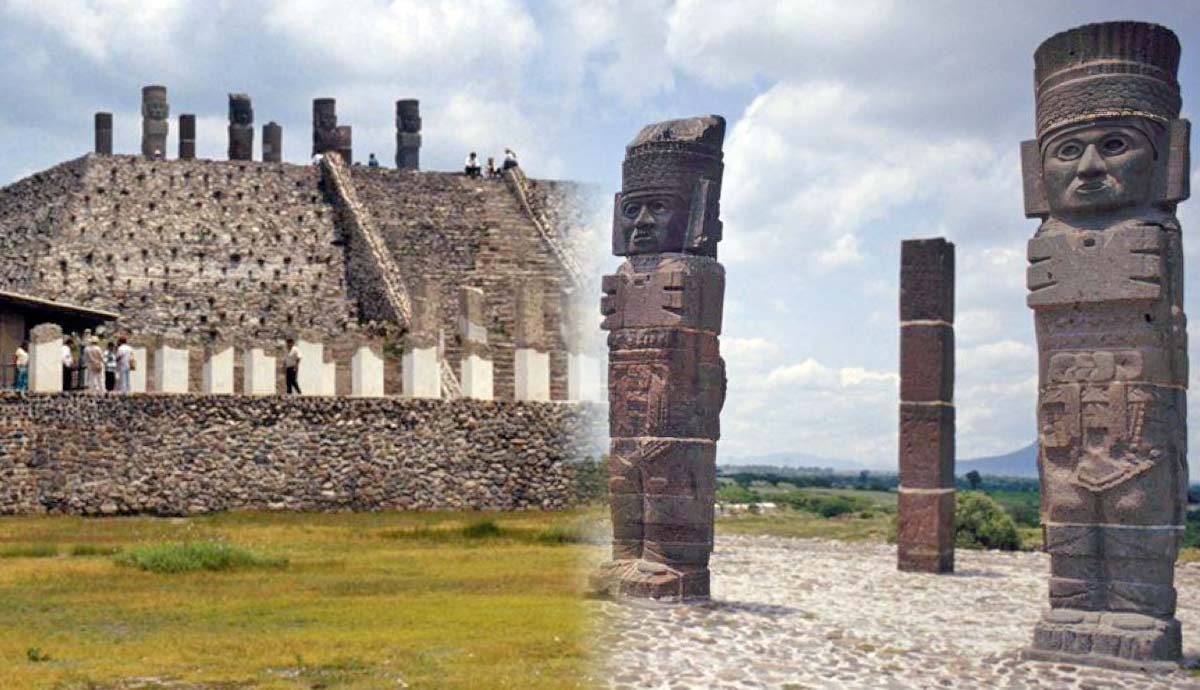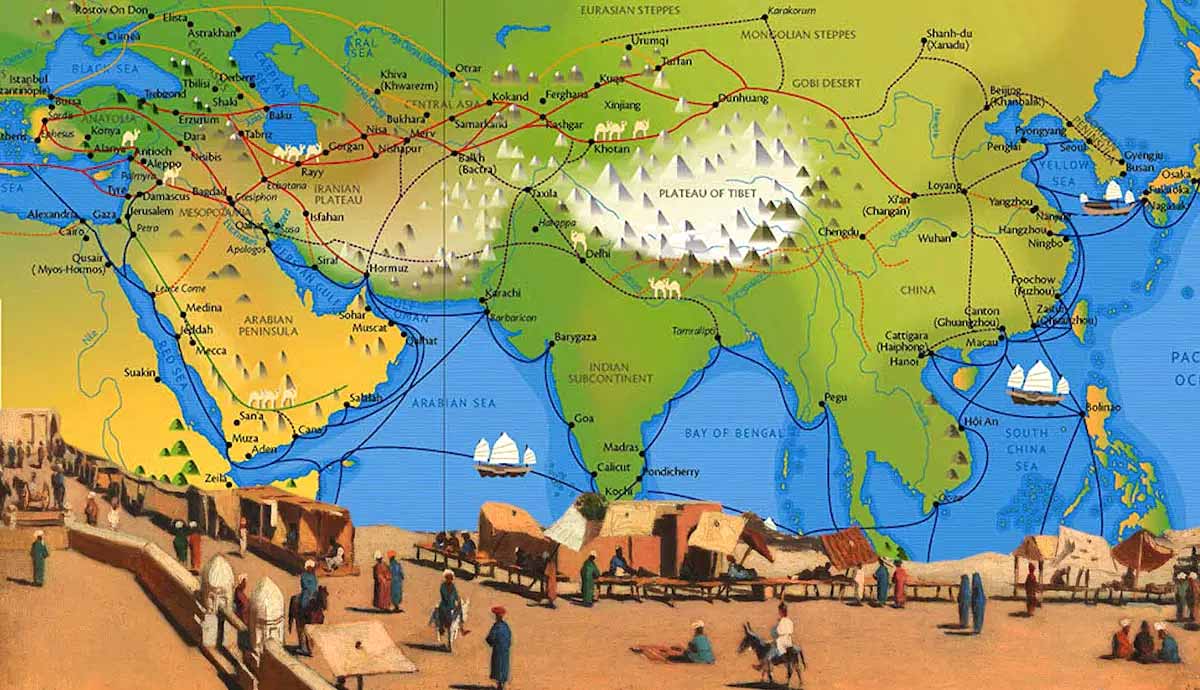
The spice trade is credited with bringing spices such as cinnamon, cloves, ginger, and pepper to many parts of the world. The trade which started several millennia ago flourished due to high demand for spices, and is considered to be one of the main catalysts of globalization as we know it today. Initially, spices were mainly used for culinary purposes. With time, however, their use cases evolved to making perfume, preserving meat, and treating ailments.
How the Spice Trade Began

Demand for spices rose sharply about two thousand years ago when Arab traders introduced them to many parts of the world. Their spice trading activities inadvertently created outsized demand for them due to a burgeoning market. To keep competitors at bay, the traders used tricks such as misdirection and mythical tales to discourage Western nations from joining in due to the huge profits involved. For many years the ploy worked and the Romans and Greeks kept away from the trade.
However, the Arab traders couldn’t keep the secret for long. As demand for spices grew, especially during the Roman Empire era and into the Middle Ages, expeditions were sent out in search of the source of spices.
How the Spice Trade Was Carried Out

Initially, Arab traders transported spices over land using camel caravans to foreign lands. One of the key routes used for the trade was the Silk Road which connected the Mediterranean, Asia, North Africa, and the European continents.
Demand for spices in Europe rose sharply following the establishment of Alexandria, Egypt as a major trading center in the Roman Empire. This was during the first century BC. For many years, the empire controlled the spice trade in the region. Later on in the 13th century, Venice became the central trading hub for spices heading to western and northern Europe. The city grew wealthy by charging high taxes on spices. Without direct access to Middle Eastern sources, European traders had no option but to pay the high tariffs. Eventually, even wealthy European elites struggled to afford the spices.
How the Europeans Entered the Spice Trade

Because of the exorbitant prices charged by the Romans, rich European elites eventually resolved to do something about the situation by funding their own spice-seeking expeditions. And so, in the 1400s, when sailing technologies had improved to the point where long-distance sailing was feasible, groups of ships were sent out in search of spice-producing areas.
First out of the blocks was Christopher Columbus who in the search for a faster path to India, one of the biggest sources of spices at the time, landed in the Americas instead. The trip was sponsored by King Ferdinand and Queen Isabella of Spain.

While he failed to reach India, he brought back chili peppers, the local variant of spicy flavoring. He is acknowledged for introducing the new version of peppers to Europe. Also looking for spices, Vasco da Gama became the first European to find a sea route that connected Europe to Asia. He was able to achieve the feat by going around the Cape of Good Hope in South Africa and sailing across the Indian Ocean to Calicut, India. The success of his expedition marked the beginning of Portuguese conquest missions in the region.
How the Spice Trade Impacted International Trade

After the Portuguese arrival, expeditions by the Dutch, Spanish, and the British soon followed. Conflicting interests between the groups soon culminated in a cluster of battlefronts and bloody altercations over the control of the spice trade. One major conflict which broke out between England, Spain, Holland and Portugal over the Indonesian Spice Islands continued for over a century.
At some point in the 18th century, merchants from the United States made a foray into the spice business. Soon, hundreds of American ships were involved in the trade.
With time, however, spices became more commonplace due to rising supply, and their worth began to drop. The bump in supplies was due to new advanced farming methods and technologies. Nevertheless, the trade routes that had been established in the search for spice-producing zones were used for other purposes in subsequent years. Today, the routes are used to transport both people and goods around the world.
